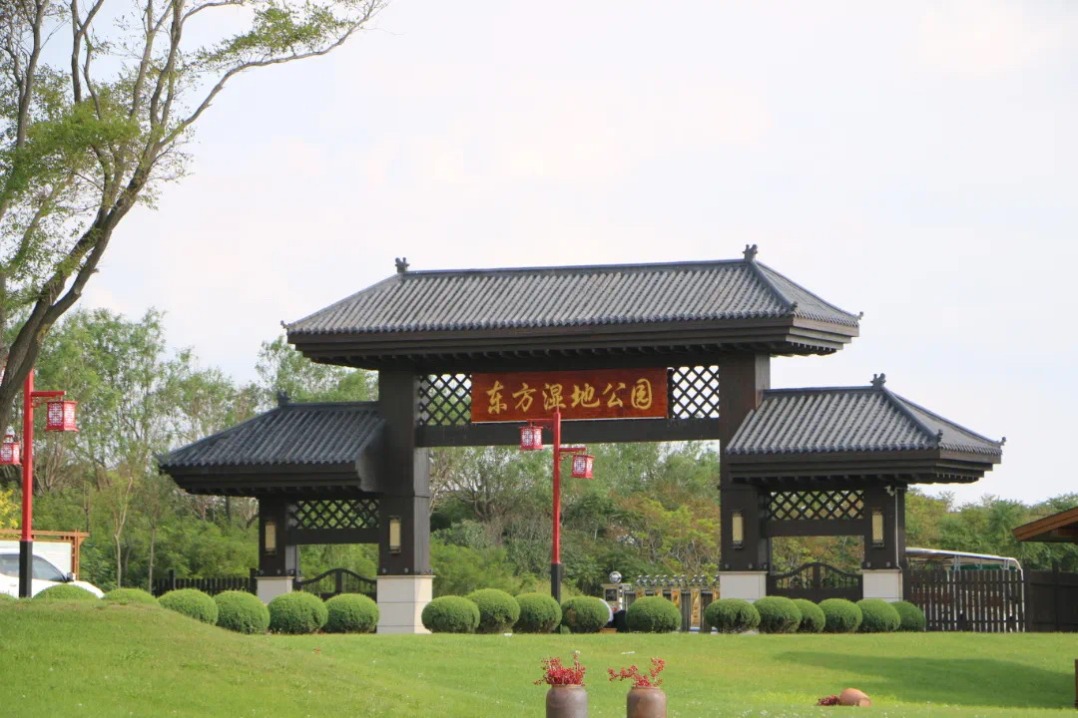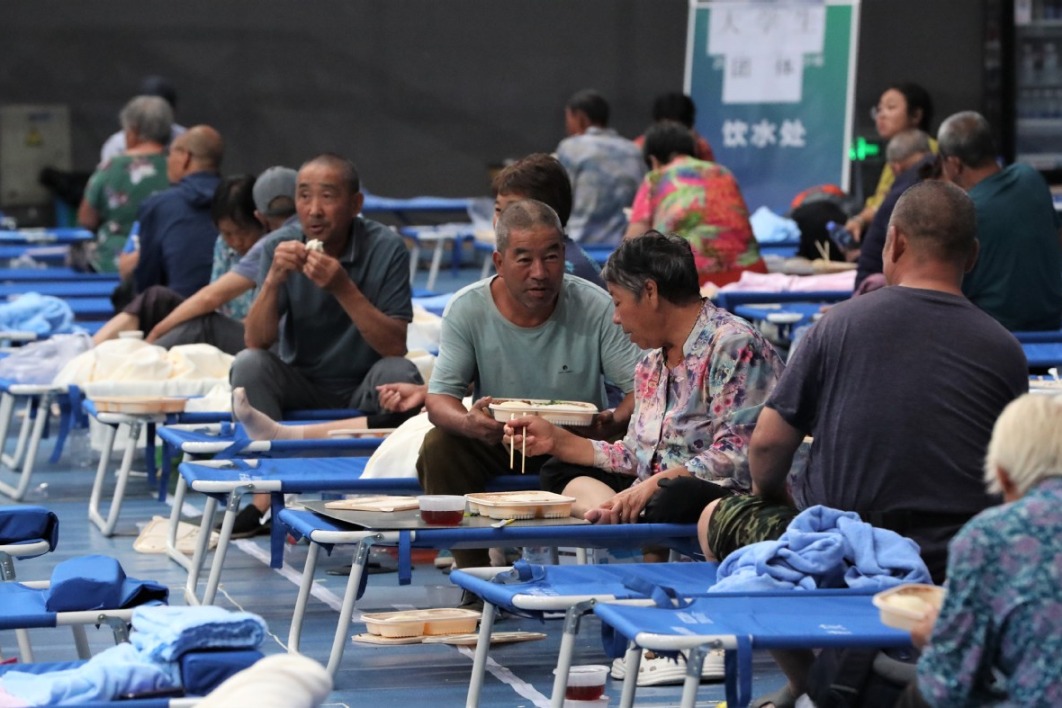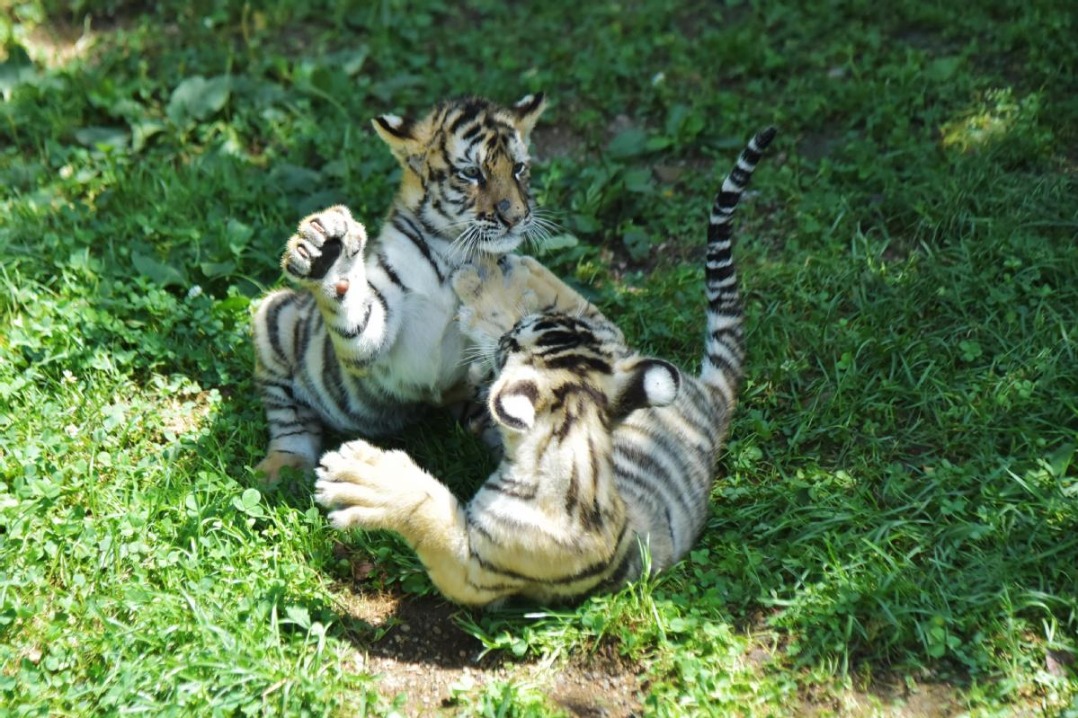A brush with the finest collectors


One of the shows currently running at Hong Kong Museum of Art is called Honoring Tradition and Heritage: Min Chiu Society at Sixty. The exhibition features over 300 prized items from the private collections of Min Chiu Society members - a group of connoisseur collectors of Chinese art and antiquities. The show celebrates Min Chiu Society's 60th year while highlighting the importance and extent of its influence.
Even Beijing's Palace Museum has borrowed objects from the Min Chiu collectors for some of the exhibitions they hosted, points out Cheng Woon-tong, the curator in charge of Chinese antiquities at HKMoA. Since many Chinese artefacts of historical value were destroyed in the course of the 20th century, during the Siege of the International Legations in 1900 and the Cultural Revolution (1966-76), for example, the ones that survived and were picked up by Min Chiu Society members are truly prized items, he added.

"To us these antiques serve as a window through which we understand the lives of our ancestors. We could have a glimpse of what their world was like, which in turn gives us an idea as to their taste and aesthetics centuries ago," Cheng explained. "It's only through objects in both private and public collections and their preservation that we can gain a more thorough appreciation of the lives of the Chinese in the past. They help piece together a much fuller picture, like different pieces in a puzzle."
Min Chiu Society members often adopted a curatorial approach toward building their collections. "In the 1970s, they put together a monochrome porcelain show featuring objects from the Ming (1368-1644) and Qing (1644-1912) dynasties. The exhibition was very successful and raised the profile of such pieces, for until that time collectors were more focused on the blue-and-white variety. Of course, they did not single-handedly create this trend, but definitely contributed to getting monochrome porcelain 'discovered' by collectors," said Cheng.

Unsurprisingly, Min Chiu Society members are picky collectors who tend to go for rare objects that are in good condition. "Pristine condition and rarity are two of the qualities the pieces must embody to be collected by a Min Chiu Society member," Cheng said.
The HKMoA exhibition, he said, "could give visitors a piece-by-piece visual history that is hard to come by elsewhere."

"For example, it's often understood that the famed blue-and-white pieces are from the Yuan Dynasty (1271-1368), but there is a vase from the Tang Dynasty (618-907) bearing something like a blue-and-white motif, which suggests the use of such colors has a much longer history than most believe. What's remarkable is that this is a complete vase, not just a fragment, as archaeological finds from the Tang Dynasty are hardly ever whole."
Within the dimly lit exhibition space is a bright room, painted almost entirely in teal. This is a contemporary re-imagination of what a scholar's studio would've looked like in ancient China.

"We invited some young designers to create this studio as we thought that a youthful design could pique the interest of younger viewers and help them appreciate Chinese antiquities," Cheng said.
Visitors could "look" around the room by using an app on the tablets provided by the museum. The objects on show, such as a brush washer, are shown in a real-life context of how it was used and displayed. The interactive system also includes educational short clips. For instance, there is one on how certain materials, such as silk, is produced. "We feel that this is an easier way to digest the information, as Chinese antiquities have always had this image of being very uptight and serious. We hope to make this less of a traditional exhibition space, and provide a more relaxed environment where conversations and interactions are encouraged," Cheng said.
- Stunning nightscapes showcase Ningxia's celestial beauty
- Shaolin Temple names new abbot after predecessor removed amid misconduct probe
- 12-hour race to strengthen embankments in rain-battered Miyun
- Former Inner Mongolia official sentenced to 15 years for bribery
- Gliding through rustling reeds in Jizhou's wetland park
- Tianjin Blue Sky Rescue teams deploy to flooded areas




































